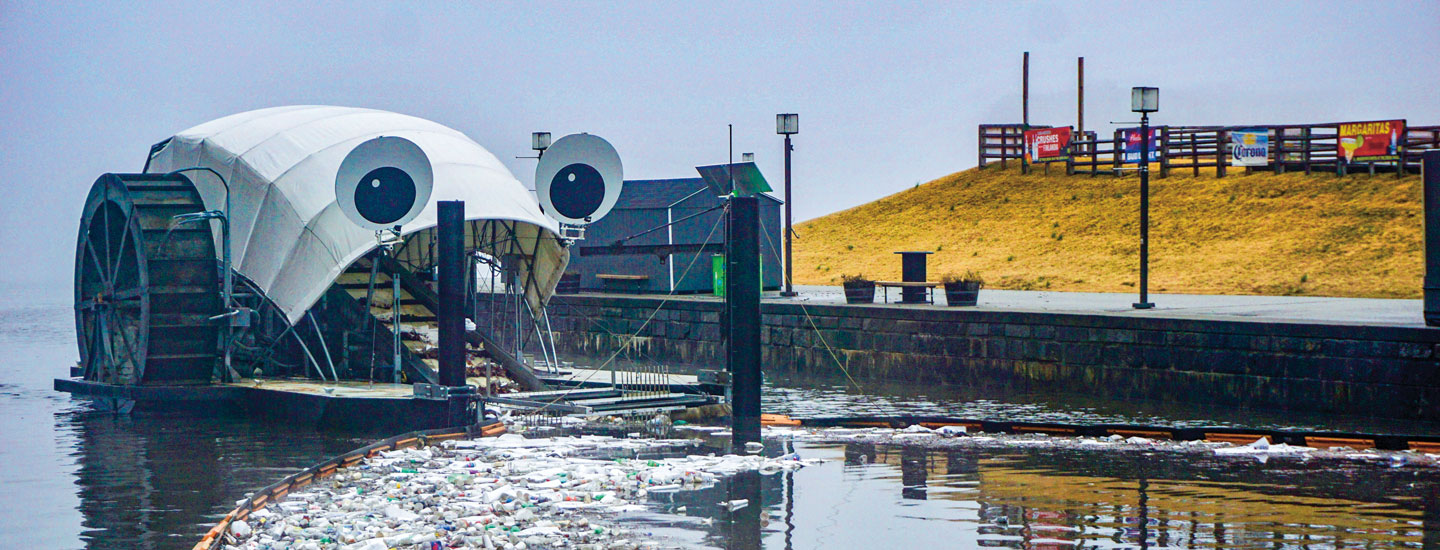Something was bothering John Kellett. Every day for 20 years, he had walked across a bridge on his way to work as an engineer in Baltimore, Maryland. And every day, he saw trash littering the river below. That trash was harming local wildlife. Kellett wanted to help, but he didn’t know what to do.
Then inspiration struck! Kellett came up with an idea for a solution: a trash-collecting machine powered by the river’s current. As the water wheel spun, it would scoop up the trash flowing toward the ocean.
Today, Kellett’s invention is hard at work in Baltimore’s harbor. Since it was installed in 2014, the device, known as Mr. Trash Wheel, has collected more than 680,000 kilograms
Something was bothering John Kellett. He had walked across a bridge every day for 20 years. It was on his way to work. Kellett is an engineer in Baltimore, Maryland. He saw trash littering the river below every day. That trash was harming local wildlife. Kellett wanted to help. But he didn’t know what to do.
Then he had an idea! Kellett came up with a solution. It was a trash-collecting machine. It would be powered by the river’s current. Water would spin a giant wheel. And it would scoop up the trash flowing toward the ocean.
Today, Kellett’s invention sits in Baltimore’s harbor. The device is known as Mr. Trash Wheel. It’s been hard at work since 2014. It’s collected more than 680,000 kilograms (1.5 million pounds) of trash. Here’s how Kellett turned his idea into a reality.

